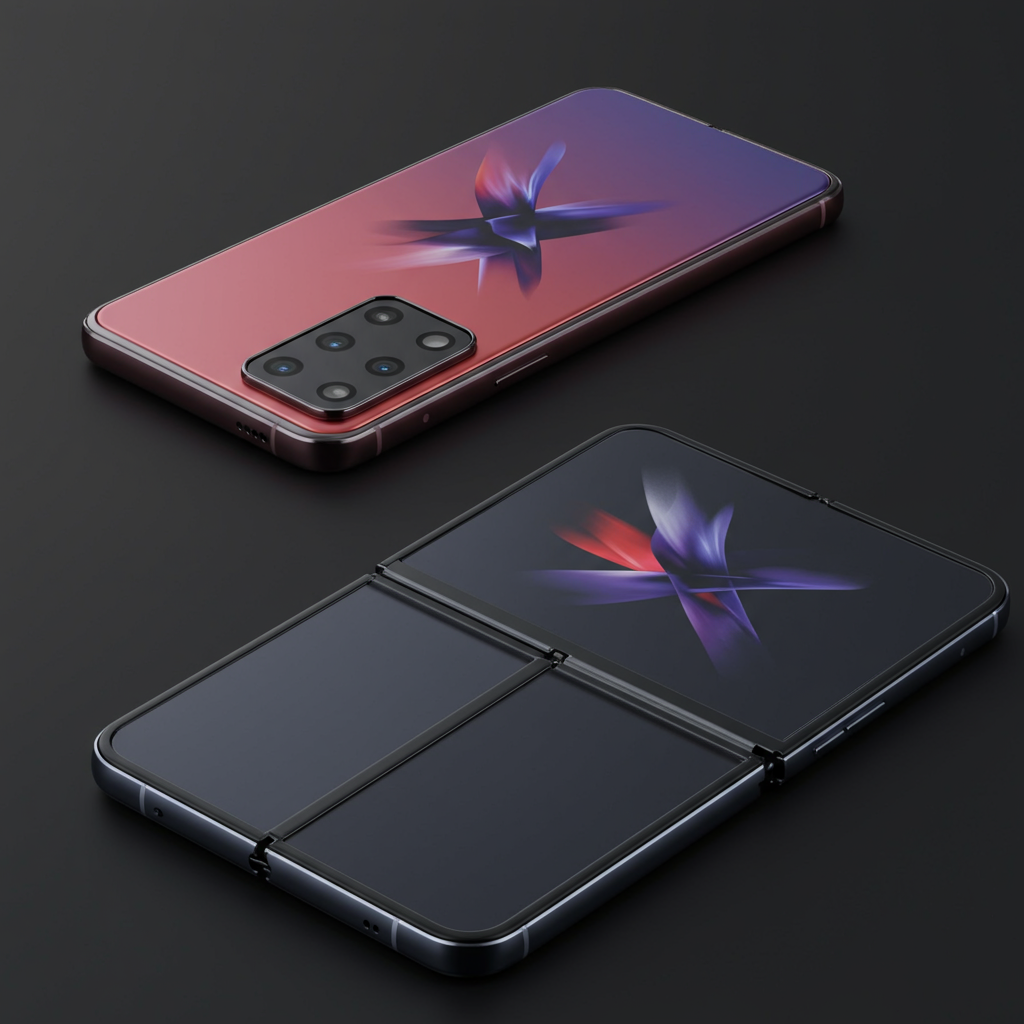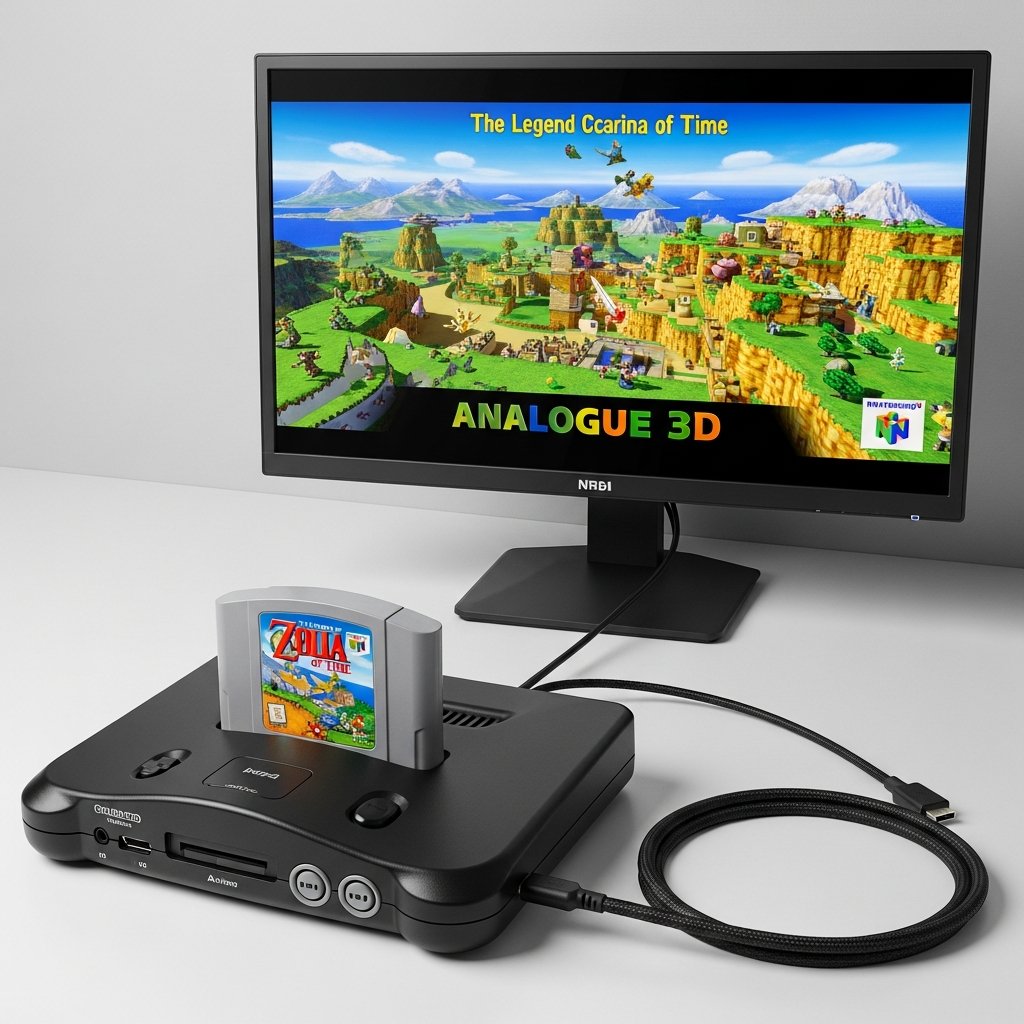Samsung’s Galaxy Z Fold 7 arrives as a significant upgrade, making its mark on the competitive foldable phone landscape. This latest book-style foldable delivers key improvements long awaited by users. Yet, when evaluating the most impactful leap in foldable history, Google’s Pixel 9 Pro Fold from the previous year still holds a compelling claim.
This article explores the advancements brought by the Galaxy Z Fold 7 and compares its upgrade value against the transformative changes seen in the Pixel 9 Pro Fold. We’ll look at how each device pushed the boundaries of foldable technology.
Samsung Galaxy Z Fold 7: A Much-Needed Refinement
The Galaxy Z Fold 7 represents a major step forward for Samsung. Many saw its predecessors as lagging behind competitors in key areas. The Z Fold 7 addresses these concerns head-on. Its design is drastically thinner, measuring a slim 8.9mm when folded. This brings it in line with the thinnest global foldable devices available. It also sheds weight, coming in at 215g. For a device that unfolds into a tablet, this thinness and lightness make a substantial difference in daily use.
Previous generations faced criticism, particularly the Galaxy Z Fold 6 and Fold 5. The Z Fold 7 tackles almost every common complaint. It features a better main camera system, boasting a high-resolution 200MP sensor. The cover display is wider, improving usability when the device is closed. The main inner screen is slightly larger at 8 inches, providing more viewing area.
Samsung’s latest foldable runs on the powerful Snapdragon 8 Elite for Galaxy chip. This provides top-tier performance, especially for demanding tasks like gaming. The device comes with ample RAM, either 12GB or 16GB. Storage options go up to a spacious 1TB. In many ways, the Galaxy Z Fold 7 is better than older models.
However, some aspects remain unchanged. The battery capacity stays at 4,400mAh. While the new processor might improve efficiency, the raw capacity hasn’t grown. Despite this, the device feels polished and exciting to use.
The Pixel 9 Pro Fold’s Historic Transformation
For years, innovative foldables from companies like Oppo and Honor offered superior hardware. However, they were often hard to buy outside of Asia. Their software also didn’t appeal to everyone globally. This left a gap for a strong Western alternative. The original Pixel Fold was a decent first attempt from Google. But it had clear drawbacks. These included a less refined inner screen, proneness to overheating, and an unusual aspect ratio.
The arrival of the Pixel 9 Pro Fold marked a dramatic shift. It felt like a complete overhaul, not just an update. The jump from the original Pixel Fold to its successor was arguably bigger than Samsung’s leap from the Galaxy Z Fold 3 to the new Fold 7. The Pixel 9 Pro Fold fixed the core issues of the first model. It delivered the form factor many users wanted.
The Pixel 9 Pro Fold features a large inner display and a traditional cover screen aspect ratio. Google included an improved Tensor G4 chipset. This sequel addressed “quite literally all” of the original model’s key problems. Google, despite being newer to the foldable market than Samsung, made more significant changes in that generation. The issues Samsung faced with the Fold 6 and Fold 5 were simply less fundamental than the problems Google needed to fix with its first device.
In simple terms, the Galaxy Z Fold 7 is a device focused on refinement. It perfects an existing design. The Pixel 9 Pro Fold, conversely, was a complete reinvention. It fixed foundational flaws.
Comparing the Upgrade Paths: Refinement vs. Reinvention
Both Samsung and Google deliver impressive foldable phones. Samsung deserves credit for the substantial year-over-year improvements in the Fold 7. The device feels significantly better built and more competitive globally. It’s thinner (8.9mm vs Pixel’s 10.5mm) and lighter (215g vs Pixel’s 257g). The main camera jumped to 200MP, while the Pixel 9 Pro Fold has a 48MP main sensor.
However, Google’s move from the original Pixel Fold to the Pixel 9 Pro Fold felt more impactful. The Pixel 9 Pro Fold brought the familiar aspect ratio and sleek design that many desired. Its 5x optical zoom telephoto camera also offered a distinct advantage over the Fold 7’s 3x zoom. While the Fold 7’s Snapdragon chip likely outperforms the Pixel’s Tensor G4 in raw speed, the Pixel offered a more balanced hardware package that fixed prior generation shortcomings.
The Pixel 9 Pro Fold also boasted a slightly larger 4,650mAh battery. It supported faster 45W wired charging compared to the Fold 7’s 4,400mAh battery and 25W charging. These differences, while seemingly small, contributed to a perception of the Pixel 9 Pro Fold being a more complete package at its launch.
Furthermore, the Z Fold 7 made a notable departure by removing S Pen support. Samsung cited low usage data and the need for thinness. While understandable, this is a feature some users relied on. The Pixel Fold line never had S Pen support, so its absence wasn’t a loss.
Market Dynamics and Future Outlook
The foldable market is still small but growing. Devices like the Galaxy Z Fold 7 and Pixel 9 Pro Fold cater to different user needs and price points. Samsung offers the latest hardware innovations in design and performance. Google is expected to launch the Pixel 10 Pro Fold soon. Rumors suggest it will be a more iterative update to the Pixel 9 Pro Fold. It may feature the new Tensor G5 chip and a slightly larger outer display, but the design might remain similar.
Samsung is also expanding its foldable offerings. They launched the Z Flip 7 and a more affordable Flip 7 FE. A tri-fold device is expected by late 2025. This shows Samsung has a clear, multi-faceted strategy in foldables. Google, by contrast, lacks a flip phone in its lineup. This limits its reach in a growing segment.
Pricing remains a key differentiator. The Galaxy Z Fold 7 starts at $1,999. This is $200 more than the Pixel 9 Pro Fold’s launch price of $1,799. As the Pixel 9 Pro Fold gets older, its price is likely to drop further. This makes it a potentially more attractive option for value-conscious buyers.
Ultimately, both devices can coexist. Samsung leads in pushing design thinness and raw specs. Google offers a solid package with a preferred aspect ratio and competitive cameras, often at a better price. The choice between them depends on user priorities: cutting-edge design and power (Fold 7) or a transformative form factor fix and potentially better value (Pixel 9 Pro Fold).
The discussion also touches on whether Western foldables have caught up to their Eastern counterparts. Devices from Oppo and Honor, while not widely available, have showcased superior battery tech and thinness for some time. Samsung’s progress with the Z Fold 7 helps close this gap, but its battery tech still trails the multi-day life offered by some Chinese competitors. This global context adds another layer to the competitive landscape.
Frequently Asked Questions
How much thinner is the Galaxy Z Fold 7 compared to previous models and the Pixel 9 Pro Fold?
The Galaxy Z Fold 7 is dramatically thinner than its predecessors, measuring just 8.9mm when folded. This is a 26% reduction compared to older models like the Z Fold 6. It is also significantly thinner than the Google Pixel 9 Pro Fold, which is 10.5mm thick when folded. This reduced profile makes the Z Fold 7 feel much more like a standard smartphone when closed.
Is the Galaxy Z Fold 7 worth the higher price compared to the Pixel 9 Pro Fold?
The Galaxy Z Fold 7 starts at $1,999, which is $200 more than the Pixel 9 Pro Fold’s launch price of $1,799. The Z Fold 7 offers the latest Snapdragon chip, a thinner/lighter design, a 200MP main camera, and Samsung’s software. The Pixel 9 Pro Fold, while older, has a preferred aspect ratio, 5x optical zoom, and often sees discounts. Value depends on whether you prioritize the absolute latest hardware and thinnest design (Fold 7) or a proven form factor and potential cost savings (Pixel 9 Pro Fold).
Why is the Pixel 9 Pro Fold considered a bigger ‘reinvention’ than the Z Fold 7?
The Pixel 9 Pro Fold is seen as a “reinvention” because it fundamentally corrected major flaws present in Google’s first foldable. It fixed the awkward form factor, improved display quality, and addressed performance/heating issues. The Galaxy Z Fold 7, while making substantial improvements like thinness and camera resolution, primarily refines Samsung’s existing, successful design formula rather than completely overhauling it.
Conclusion
The Samsung Galaxy Z Fold 7 marks a critical evolution for Samsung’s foldable line. It finally brings the thin and light design along with key spec bumps that were long overdue. Based on hardware alone, it’s arguably the most advanced book-style foldable available globally.
However, the conversation around “biggest upgrade” isn’t solely about raw specs. It’s also about the impact of the change. The Pixel 9 Pro Fold’s transformation from its flawed first generation was monumental. It delivered a form factor and experience that many users desired. This fixed fundamental issues and made Google a serious player in the high-end foldable space almost overnight.
While the Z Fold 7 is an impressive piece of engineering and a welcome refinement, the Pixel 9 Pro Fold’s shift represented a more drastic ‘reinvention’ of its lineage. Both push foldable tech forward in different ways, offering healthy competition and diverse options in this exciting, growing market segment.



